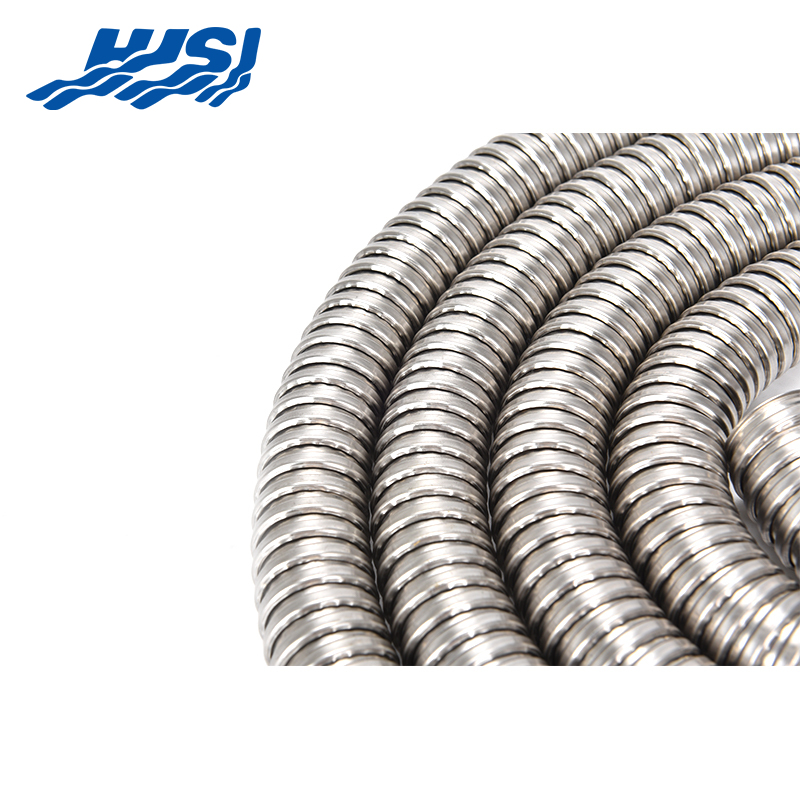In modern construction, infrastructure, and industrial settings, wiring protection is no longer just about containment — it’s about adaptability, strength, and longevity. At the center of this evolution is the flexible steel conduit, a product engineered to offer a unique blend of mechanical resilience and bending capability. But how does this so-called “balance of strength and flexibility” actually work?
To understand the function of a flexible steel conduit, it helps to look at its environment. Electrical wiring often passes through confined spaces, areas exposed to vibration, or zones with shifting structures. In such cases, rigid conduits fall short — they resist change, require precise alignment, and complicate installation. The flexible steel conduit, on the other hand, moves with the environment. It bends around corners, adjusts to vibrations, and installs with minimal need for special fittings.
This adaptability doesn’t come at the cost of protection. A flexible steel conduit is not simply a bendable tube — it is a purpose-built structure made from interlocked or continuously wound steel. The steel provides a shield against physical impacts, rodents, and abrasion. It also offers an added layer of protection against electromagnetic interference, especially in environments where data integrity is critical.
The mechanical design of a flexible steel conduit is what makes the duality possible. At its core, the conduit is formed from helical steel strips that are locked or wound in a way that allows movement without separation. Each coil can move slightly in relation to its neighbor, giving the entire length the ability to bend, twist, or stretch within limits. Yet when compressed or impacted, the coiled construction distributes force along the body, maintaining structural integrity.
In practical terms, this means the flexible steel conduit can handle uneven surfaces, fit into tight enclosures, and adapt to minor shifts in building structures over time. For contractors, this translates to faster installation and fewer adjustments. For maintenance teams, it means easier access when upgrades or inspections are required.
Temperature resistance is another critical advantage of the flexible steel conduit. Steel does not soften or warp in elevated temperatures the way some plastic-based conduits do. In hot environments — whether industrial floors or high-power utility rooms — a flexible steel conduit retains its shape, providing continuous protection for internal cables.

In areas prone to vibration, such as around motors or mechanical equipment, the flexible steel conduit shines. While rigid conduits can transmit vibration directly to wiring, increasing fatigue and potential failure, the flexible steel conduit absorbs and disperses that motion. This helps preserve cable insulation and extend system lifespan.
It’s also important to mention that the flexible steel conduit is not one-size-fits-all. Variants include liquid-tight versions with external PVC jackets for moisture-heavy environments, or lightweight models designed for easy overhead runs. In all cases, though, the underlying structure remains a steel-based design engineered for durability and adaptability.
What makes the flexible steel conduit truly valuable is not just what it resists, but what it enables. It allows architects and engineers to design without being limited by rigid pathways. It gives installers more freedom in routing. And it provides building owners with systems that are easier to inspect, maintain, and modify.
The flexible steel conduit is also becoming a preferred choice in retrofit projects. Existing spaces, especially older buildings, often have limited space for electrical upgrades. Running rigid lines may require structural alteration. A flexible steel conduit can navigate through existing cavities, reducing labor and preserving the integrity of the structure.
Even in outdoor or semi-exposed installations, the flexible steel conduit holds its own. Its corrosion-resistant coatings and optional liquid-tight jackets offer a barrier against moisture, dust, and UV radiation, making it suitable for rooftop units, external signage, and even marine applications when appropriately rated.
In conclusion, the flexible steel conduit exemplifies how thoughtful engineering can solve multiple challenges with a single solution. By integrating strength with movement, and resilience with adaptability, the flexible steel conduit stands as a dependable component across countless industries — quietly doing its job where it’s needed most, and rarely requiring a second thought.